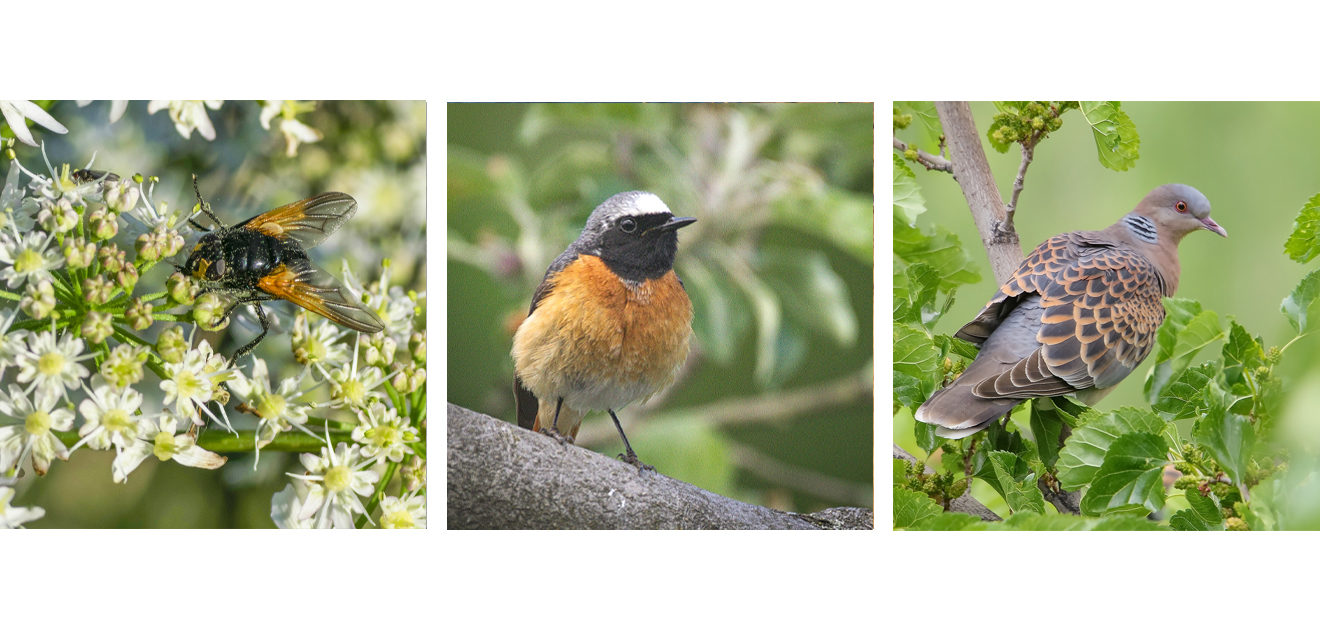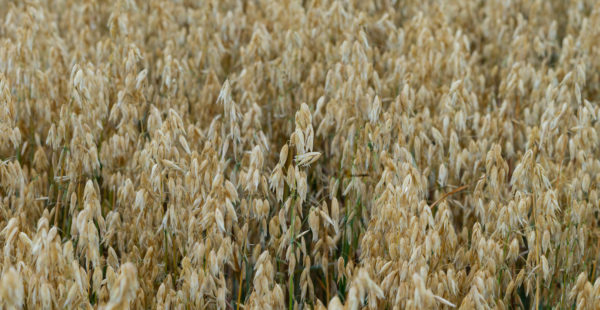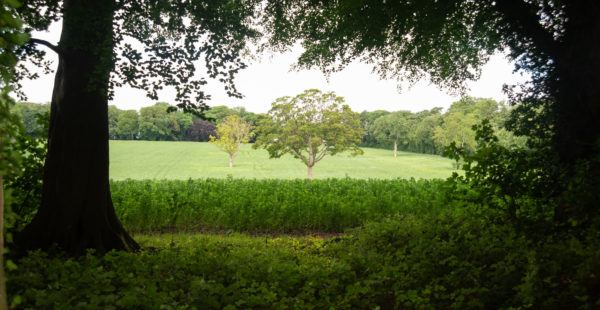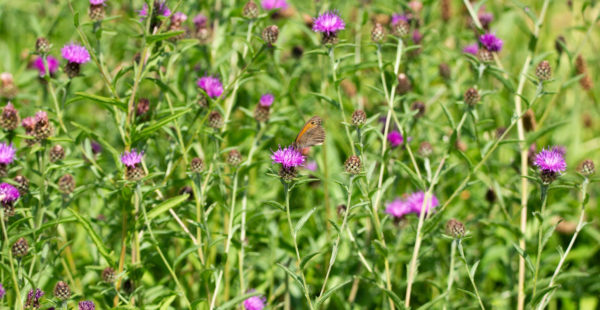A Week on the Estate: Flaming June, Summer Solstice & Golden Bugs
We’re three weeks into meteorological summer and astronomical summer will begin with the solstice on Saturday 21st June. On that day at our latitude, the sun will rise at 0431 and set at 2132 giving us a little over 17 hours of daylight. It looks like the sun will be putting his hat on to mark the occasion, with a forecast temperature range of 31C-16C on Saturday, making it potentially the hottest day of the year so far for us.
As we embark on what we hope will be a long and bountiful summer, the Lincoln Red herd team is rounding off a successful calving season. If you missed our chat with Cattle Manager Philip Taylor, you can catch-up HERE. If you’d like to learn more about our charismatic native-breed cattle, we’ve just updated our bumper Lincoln Red blog and you can find it HERE.
Speaking of Philip Taylor, if you were lucky enough to join him on one of our May cattle tours, you’ll know he’s passionate and knowledgeable about his trade. You may recall he pointed out the little golden flies that he likened to the busy bees of our pastures. He’s discovered the name of this bug and shared a little more information.
The noon fly (Mesembrina meridiana) is a big fan of cow dung and an important link in the food chain. It lays its eggs in cattle dung and its larvae help to break the matter down and return nutrients to the soil. They also predate on the young of other fly species that can be biting, buzzing pests to cattle.
When they’re not turning cowpats into creches, adult noon flies are partial to nectar and are useful pollinators. The noon fly might not be as appealing as a swift or a kestrel, but it is a vital part of our farming ecosystem. It turns out that where there’s muck, there’s brass – and sometimes gold too. Thanks to Philip for sharing these insights into the symbiosis of life on the pasture.
Speaking of life on the wing, it’s high time we brought you the latest BirdWeather. According to our network of acoustic sensors, the top 20 for June to date (by number of acoustic activations) looks like this:
1. Blackbird (11,042) / 2. Woodpigeon (8,059) / 3. Goldcrest (5,023) / 4. Jackdaw (4,039) /
5. Robin (3,441) / 6. Redstart (2,672) / 7. Dunnock (1,929) / 8. Chaffinch (1,621) /
9. Blue tit (1,015) / 10. Wren (862) / 11. Long-tailed tit (818) / 12. Great tit (686) /
13. Blackcap (560) / 14. Rook (450) / 15. Pheasant (448) / 16. Yellowhammer (408) /
17. Goldfinch (370) / 18. Stock dove (283) / 19. Collared dove (266) /
20. Spotted flycatcher (255)






